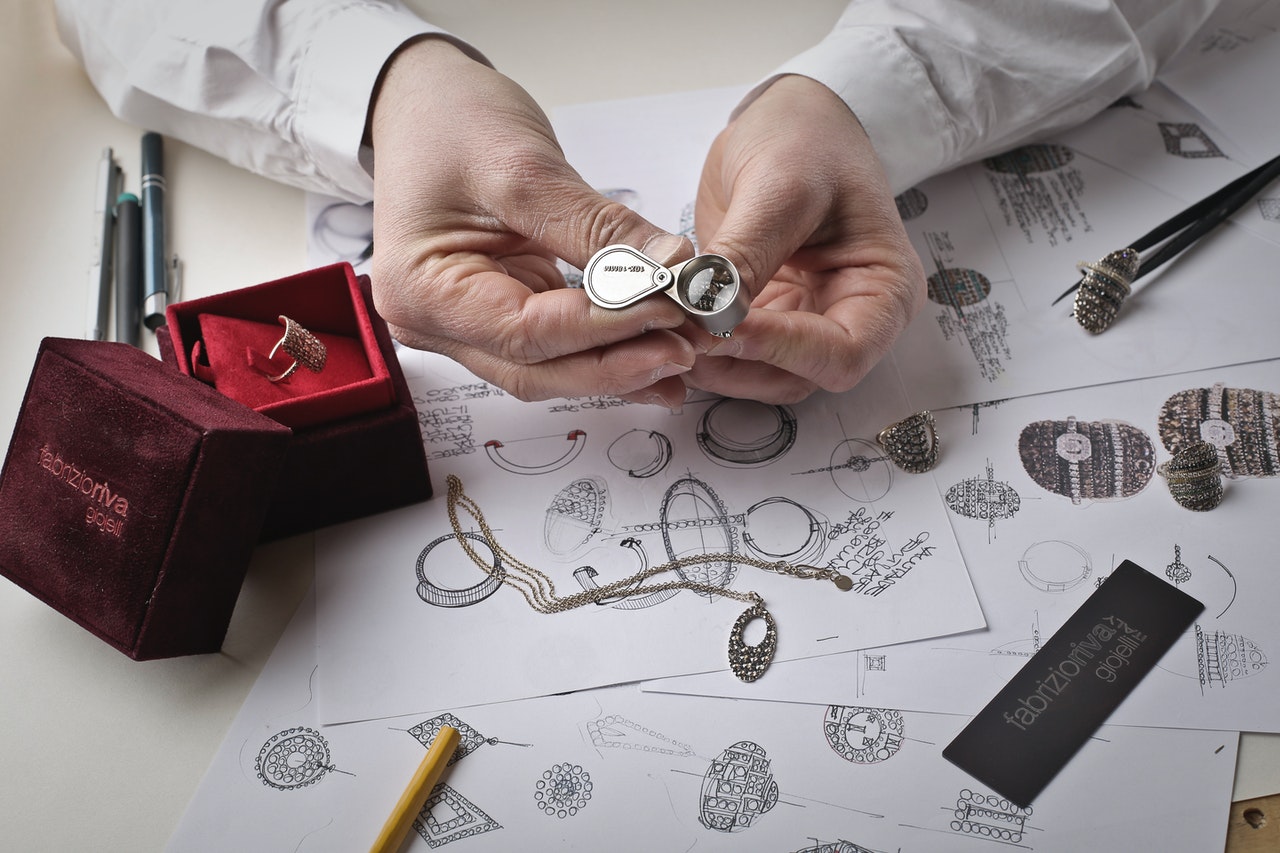Future Technology Trends in the Jewelery Industry – In conversation with Vikrant Rawa, technology evangelist at Intriguity, a provider of high-tech solutions to the jewelery industry, Solitaire delves into the dynamic landscape of technological breakthroughs shaping the Indian jewelery industry. Rawa reviews progress in the last five years and anticipates the trends that will define the industry in the near future.
Future Technology Trends in the Jewelery Industry

swarovskijewelry – What are the most important technological advances in jewelry production in the last five years? This applies to fields such as CAD/CAM, advanced materials, new alloys, gem cutting and setting, 3D printing, automation, blockchain, artificial intelligence, and everything in between.
Indian jewelery manufacturing has grown rapidly in the last decade and this has led to several discoveries and changes in the jewelery making process. One of the main drivers of technological change is end-user demand for new designs, which forces the adoption of CAD/CAM technology.
Traditional mold-based processes used to produce hundreds of identical designs must be replaced by direct design a production process where each design is printed and then immediately printed in limited quantities. This led to the introduction of direct wax and resin 3D printers that were able to adapt to ever-changing designs.
The organic shapes that can be created with new software tools like Zbrush are inspiring new designs that challenge traditional manufacturing method. Processes such as electronic polishing are becoming increasingly popular for producing these complex shapes, as they can process intricate profiles that manual finishing methods cannot.
On the other hand, the price of gold increases the demand for very light jewelry that can only be made by hand produced. CAD/CAM and advanced casting machines capable of producing very thin profiles. These profiles then become very difficult to resolve using manual methods, thus increasing the adoption of automation in final finishing techniques.
We are also seeing more automation in jewelry making processes where there is almost no automation, such as stone setting. Robot systems are now available that can arrange stones into certain jewelry models.
The most advanced CNC systems available today are pushing the boundaries of technology in several jewelry categories, such as CNC. – cut bracelets, stamp jewelry and many other similar segments. We are also seeing the emergence of additive manufacturing systems that enable SLS (Selective Laser Sintering) based 3D printing to print directly on gold.
Newer metal alloys now offer buyers more choices in terms of color and rust. and the 10k, 14k gold jewelry market is just starting. On the marketing front, jewelers now appear more confident in investing in e-commerce to increase sales. A number of new technologies have emerged to enhance the online experience of jewelers, including automated photography, augmented reality (AR), VFX, virtual showrooms, RFID, e-commerce marketing, etc.
Technology in general The improvements seen in jewelry manufacturing over the last five years are unprecedented, paving the way for better design, craftsmanship and productivity.
Baca juga : AI Is Changing Jewelry Design and Shopping Digitally
What jewelry manufacturing technology trends/developments do you expect to see in the next 5 years and how will they impact the industry?
In the next 5 years CAD / CAM systems will be adopted more widely, automation systems which are other parts of jewelry making – areas such as casting, stone setting, etc, and automated finishing systems such as electronic polishing. Direct manufacturing systems can also be introduced, using additive manufacturing and the ability to produce gold patterns directly. As the price of gold continues to increase, the demand for light gold jewelry will increase, which means the process of making light jewelry.
Production of lightweight jewelry using electroforming methods will continue to increase, as will the use of CAD/CAM. and metal fabrication. how to make jewelry from net. 10k, 14k and fashion jewelry trends will feature new metal alloys and combinations as well as manufacturing processes to create unique metals like titanium, steel, etc. this will play a bigger role.
How can manufacturers integrate new technologies/processes to reduce gold waste and costs, speed stud jewelry production, and improve quality?
CAD/CAM technology is essential for every goldsmith casting jewelry. This will significantly reduce time, reduce costs and improve quality. Professional casting systems and materials also improve quality, reducing the need for heavy-duty polishing methods and can significantly reduce waste, labor and costs when combined with a good electropolishing system. Stone automation is currently still in its infancy, but if fully implemented, it could save a lot of money and time.
Baca juga : Mengintegrasikan Teknologi ke dalam Konten Pembelajaran
Are we in danger of losing traditional jewelery skills to modern technology, or do the two coexist?
Traditional jewelery making has its place, especially in India. Even though we are seeing more and more automation in cast and machine made jewellery, handmade gold jewelery still has a traditional craft and is still a very active market in India. This type of workmanship is also seen in kundan jewelery and forms a huge market, especially in the wedding segment.
Traditional craftsmanship is likely to decline as handmade jewelery is still in demand in India. However, finding qualified employees for this segment is a challenge. There has been no technical development in these classes because they depend on manual labor. Therefore, in the near future, traditional handmade jewelry and jewelry crafts will coexist with modern technology.
Will the Indian jewelery industry develop its own original technology by combining traditional elements and techniques?
There is no doubt that original technology will always exist having existed for many in the Indian jewelery industry with machines developed and manufactured over decades. These include machines for chain making, casting, ball cutting, punching and stamping, etc. India has always been a hub for the jewelery industry and even an exporter in some segments.
But recently, innovation has also occurred in certain high-tech fields such as 3D printing, electropolishing, CNC machining, etc, which were previously only present by European companies. This is very encouraging and in line with the growth of technology in India.
Several companies providing IT solutions related to jewelery manufacturing also play an important role in the global jewelery market. India has always been a key player in the global jewelery market and with its technological advancements, we are poised to further dominate this market.

